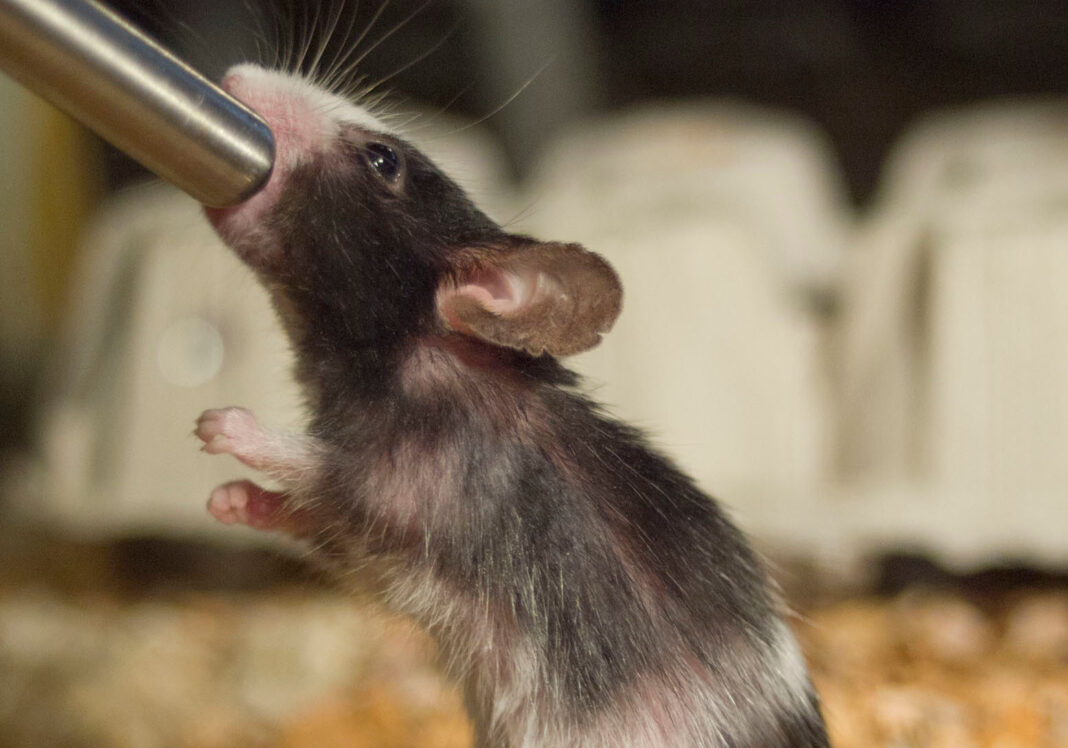Biologists have found a small population of cells in the amygdala stimulates appetite neurons in response to alcohol and sugary drinks.
Paired amygdala is located deep in the temporal lobes of the brain. These small structures play a huge role in the implementation of the mechanisms of emotion and memory, are involved in the work of the “system of internal reward”. It is not surprising that the development of alcoholism is also often blamed for the tonsils, or rather, the cells of the central nucleus. And Zoe McElligott and her colleagues at the University of North Carolina have identified a specific population of neurons responsible for this process. Their article was published in the Journal of Neuroscience.
The attention of the researchers was attracted by the cells of the amygdala, which produce neurotensin (NTS), a short signal peptide that is involved in the work of the dopaminergic system. It is found throughout the central nervous system, but most commonly in the hypothalamus and amygdala. In the central nuclei of the amygdala, NTS neurons are also part of the group of somatostatin- and corticotropin-secreting cells involved in the work of the mechanisms of anxiety and fear.
The researchers decided to investigate the response of NTS neurons in the amygdala to the early stages of alcohol consumption. Experiments with mice have shown that selectively killing or simply suppressing the activity of these cells actually reduces alcohol consumption. At the same time, it did not affect either anxiety behavior or cravings for sugary drinks (high-calorie, sugar-containing, and non-nutritive – with the addition of a sweetener).
NTS neuron connections run from the tonsils to the brain stem, where they inhibit the functioning of the cells of the parabrachial nucleus involved in the processing of taste signals, appetite and eating behavior. Using optogenetic methods, scientists have obtained mice in which these projections can be turned on with the help of light. Such animals are more willing to spend time in the half of the cell where such stimulation took place, and less – where the projections of NTS neurons into the parabrachial nucleus remained inactive.
In addition, mice readily learned to perform simple tasks, willingly receiving such stimulation as a reward. Finally, it also caused a more active consumption of alcohol and sugary drinks. However, the animals did not show a greater craving for sweet food. This may indicate that the regulation of the work of the reward system in response to the consumption of sugary drinks and solid foods can occur in two different ways.
“The fact that these neurons stimulate the search for reward, that already extremely low doses of alcohol activate these cells and that their activation triggers the urge to drink in animals, even with no previous experience of such behavior, all indicate that these cells are important. enjoyment, at least in the early stages of use, ”says Zoe McElligott.









